How to Start an Organic Herb Farm for Sustainable Agriculture
If you are passionate about organic farming, starting an organic herb farm can be a fulfilling venture. Not only can you make a profitable business out of it, but you can also contribute to sustainable agriculture and promote healthier living.
However, starting an organic herb farm requires careful planning and execution. In this article, we will guide you through the steps you need to take to start an organic herb farm and make it a success.
Why Organic Farming is Important
Organic farming is a farming method that relies on natural inputs and processes to grow crops. It avoids the use of synthetic fertilizers, pesticides, and genetically modified organisms (GMOs).
Organic farming is important because it promotes sustainable agriculture. It helps preserve the environment, supports biodiversity, and promotes healthier living. Organic farming also helps reduce the carbon footprint of agriculture by reducing the use of fossil fuels and greenhouse gas emissions.
Steps to Starting an Organic Herb Farm
Starting an organic herb farm requires careful planning and execution. Here are the steps you need to take:
- Research and Planning: Research the market demand for organic herbs, identify your target market, and plan your farm layout and production strategy.
- Acquire Land and Equipment: Acquire suitable land and equipment for your herb farm.
- Prepare the Soil: Prepare the soil for planting by improving soil fertility, adding organic matter, and testing the soil pH.
- Select and Plant Herbs: Select the herbs you want to grow and plant them according to their specific requirements.
- Maintain and Harvest: Maintain your herb farm by watering, weeding, and fertilizing regularly. Harvest your herbs at the right time for the best quality.
- Market and Sell: Market and sell your organic herbs to your target market through various channels such as farmers’ markets, online platforms, and local stores.
Starting an organic herb farm requires hard work, dedication, and a passion for sustainable agriculture. However, with careful planning and execution, it can be a profitable and fulfilling venture.
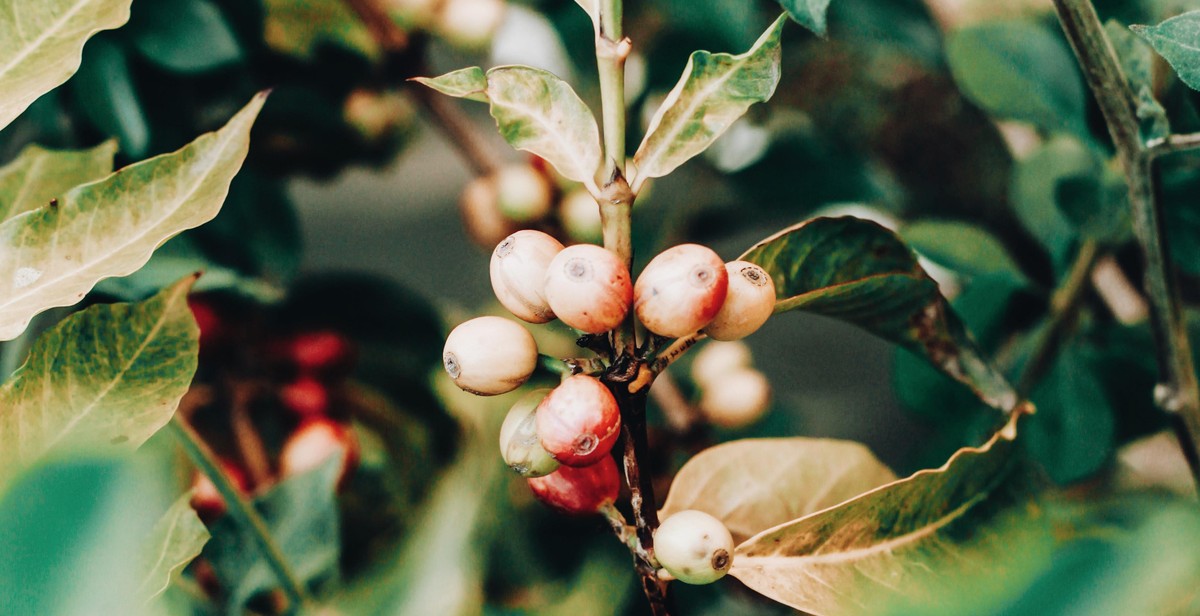
Why Organic Herb Farming is Important
Organic herb farming is an important aspect of sustainable agriculture, and it has numerous benefits for both the environment and consumers. Here are some reasons why organic herb farming is crucial:
Benefits of Organic Herb Farming
- Chemical-free herbs: Organic herb farming ensures that the herbs are grown without the use of harmful chemicals such as pesticides and herbicides. This means that the herbs are free from toxic residues that can harm human health.
- Nutritious herbs: Organic herbs are grown in nutrient-rich soil, which enhances their nutritional value. This means that consumers get more nutrients from organic herbs compared to conventionally grown herbs.
- Better taste: Organic herbs are known to have a better taste compared to conventionally grown herbs. This is because they are grown in a natural environment, which enhances their flavor.
- Supports local farmers: Organic herb farming supports local farmers who adopt sustainable agriculture practices. This helps to promote local economies and create jobs.
Impact on the Environment
Organic herb farming has a positive impact on the environment in the following ways:
- Reduces pollution: Organic herb farming does not involve the use of harmful chemicals, which reduces the amount of pollution in the environment.
- Promotes biodiversity: Organic herb farming promotes biodiversity by encouraging the growth of a variety of plants and animals in the ecosystem.
- Preserves soil quality: Organic herb farming practices such as crop rotation and composting help to preserve soil quality, which ensures sustainable farming in the long term.
- Conserves water: Organic herb farming uses less water compared to conventional farming methods, which helps to conserve water resources.
| Note: | Organic herb farming is not only beneficial to consumers and the environment, but it is also profitable for farmers. Organic herbs are in high demand, and they fetch a higher price in the market compared to conventionally grown herbs. |
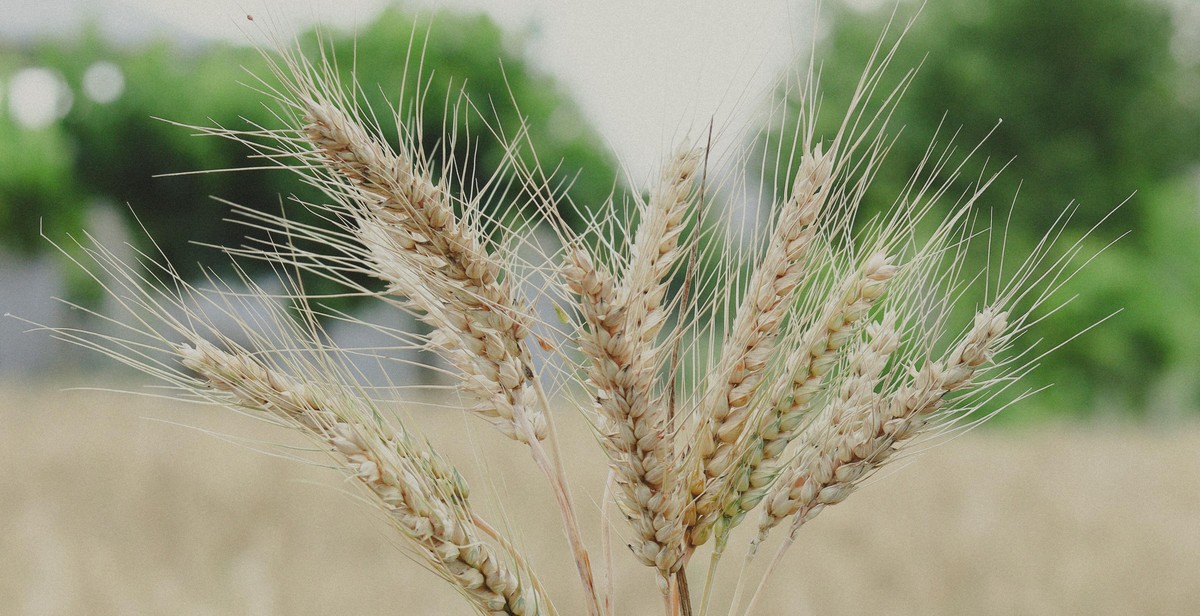
Planning Your Organic Herb Farm
Starting an organic herb farm requires careful planning and consideration to ensure success. Here are some key factors to keep in mind:
Choosing the Right Location
The first step in planning your organic herb farm is choosing the right location. Look for a site that has good soil quality, access to water, and plenty of sunlight. You will also want to consider the climate and the growing season in your area. Make sure to choose a location that is away from pollution and other sources of contamination that could harm your plants.
Selecting the Right Herbs
When selecting the herbs to grow on your farm, consider the demand for each herb and the growing conditions required. Choose herbs that are well-suited to your climate and soil type. You may also want to consider the market demand for certain herbs and focus on growing those that are in high demand.
Laying Out Your Farm
Once you have chosen your location and selected your herbs, it’s time to lay out your farm. Consider the amount of space you have available and the amount of each herb you want to grow. Plan your farm layout to optimize space and ensure efficient use of resources such as water. You may also want to consider incorporating sustainable farming practices such as crop rotation and companion planting to promote healthy soil and minimize pest problems.
| Key Factors to Consider | |
|---|---|
| Location | Soil quality, access to water, sunlight, climate, and growing season |
| Herb Selection | Demand, growing conditions, and market demand |
| Farm Layout | Space, resource optimization, and sustainable farming practices |
By carefully planning your organic herb farm, you can ensure a successful and sustainable operation that meets the needs of both your business and the environment.
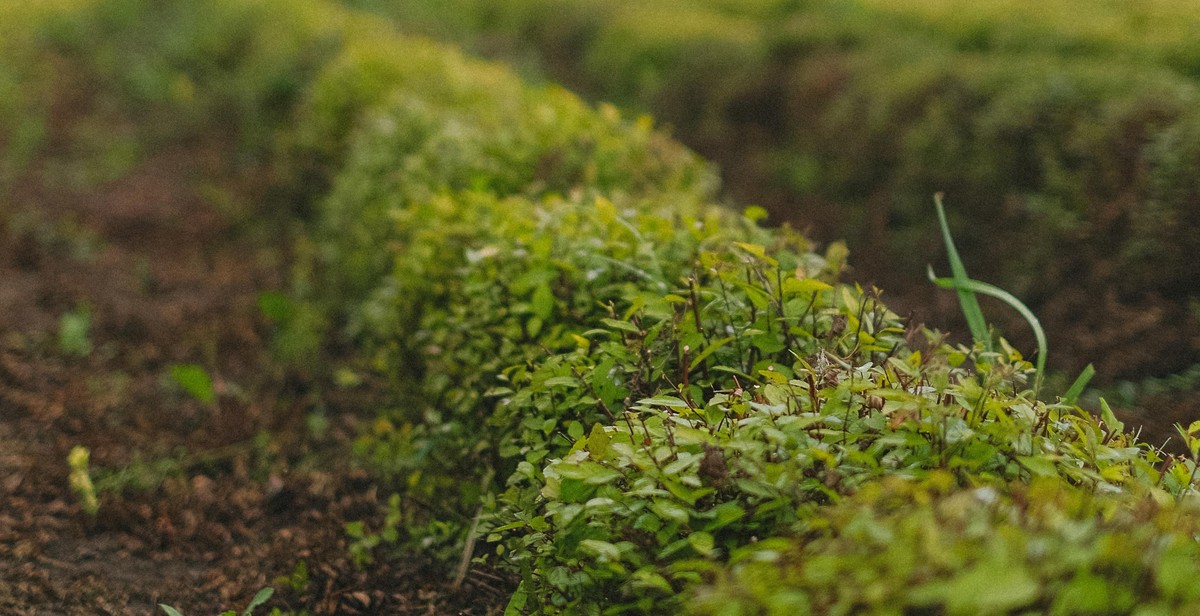
Preparing the Soil
Before starting an organic herb farm, it is crucial to prepare the soil properly. The quality of the soil is directly related to the success of the crops. Here are some essential steps to follow for preparing the soil:
Soil Testing
The first step in preparing the soil is to test it. Soil testing helps to determine the pH level, nutrient content, and organic matter present in the soil. It is essential to know the soil’s current condition to make any necessary changes to optimize plant growth. Soil test results can be obtained from local agricultural extension offices or private labs.
Soil Preparation Techniques
Once the soil test results are available, it is time to prepare the soil. There are several techniques for soil preparation, including tilling, double digging, and no-till farming. Tilling involves breaking up the soil with a plow or tiller to loosen it and make it easier for roots to grow. Double digging is another technique that involves digging two layers of soil to create a deep, nutrient-rich bed for plants. No-till farming involves leaving the soil undisturbed and adding organic matter to the top layer.
Composting
Composting is an essential part of soil preparation for organic farming. Composting involves decomposing organic matter, such as leaves, grass clippings, and food waste, to create a rich, nutrient-dense soil amendment. Composting helps to improve soil structure, increase water retention, and provide a source of essential nutrients for plants. Compost can be added to the soil during preparation or used as a top dressing throughout the growing season.
By following these essential steps for preparing the soil, organic herb farmers can create a healthy and thriving environment for their crops, leading to sustainable agriculture practices.
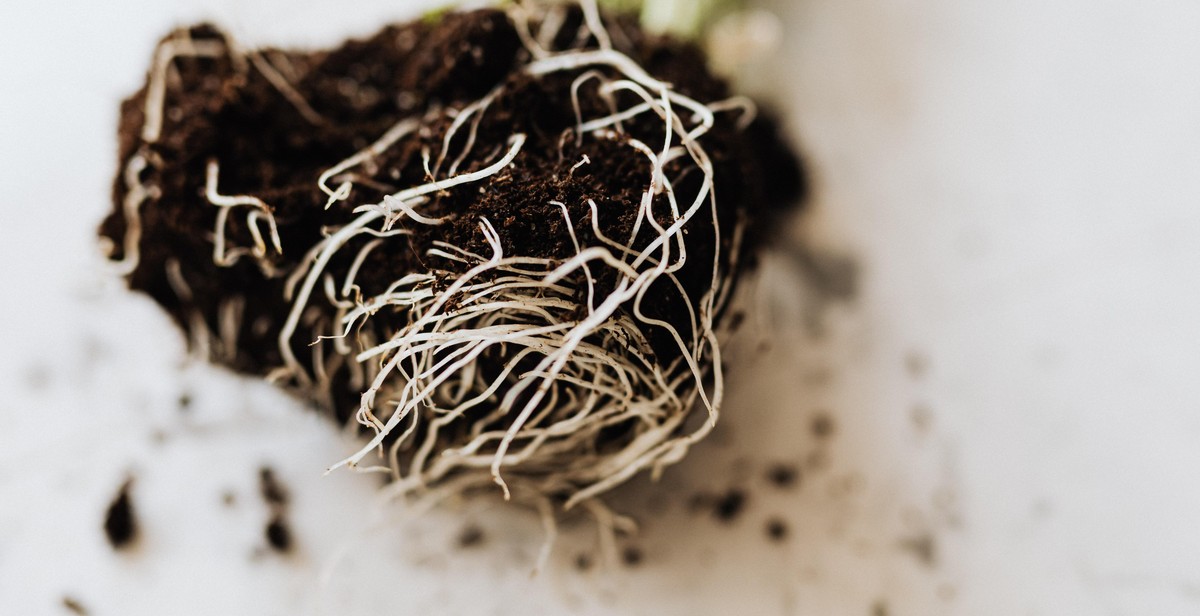
Planting Your Organic Herbs
When to Plant
The best time to plant your organic herbs is in the spring when the soil temperature has warmed up to at least 50°F. This will help ensure that your herbs will grow well and thrive in their new environment.
How to Plant
Before planting, prepare your soil by removing any weeds and rocks. You can also add organic matter such as compost to help enrich the soil. Once the soil is ready, dig a hole that is slightly larger than the root ball of your herb plant. Carefully remove the plant from its container and gently loosen the roots. Place the plant in the hole and backfill with soil, pressing down gently to remove any air pockets. Water the plant thoroughly.
Caring for Your Plants
After planting, it is important to care for your organic herbs to ensure their growth and health. Water your plants regularly, making sure not to overwater or underwater them. Organic mulch such as grass clippings or shredded leaves can help retain moisture and prevent weeds from growing. Fertilize your herbs with organic fertilizer to provide them with the necessary nutrients they need to grow.
| Plant | Spacing | Depth |
|---|---|---|
| Basil | 12-18 inches apart | 1/4 inch deep |
| Cilantro | 6-8 inches apart | 1/4 inch deep |
| Dill | 12-18 inches apart | 1/4 inch deep |
By following these simple steps, you can successfully plant and care for your organic herbs, ensuring a bountiful harvest for sustainable agriculture.
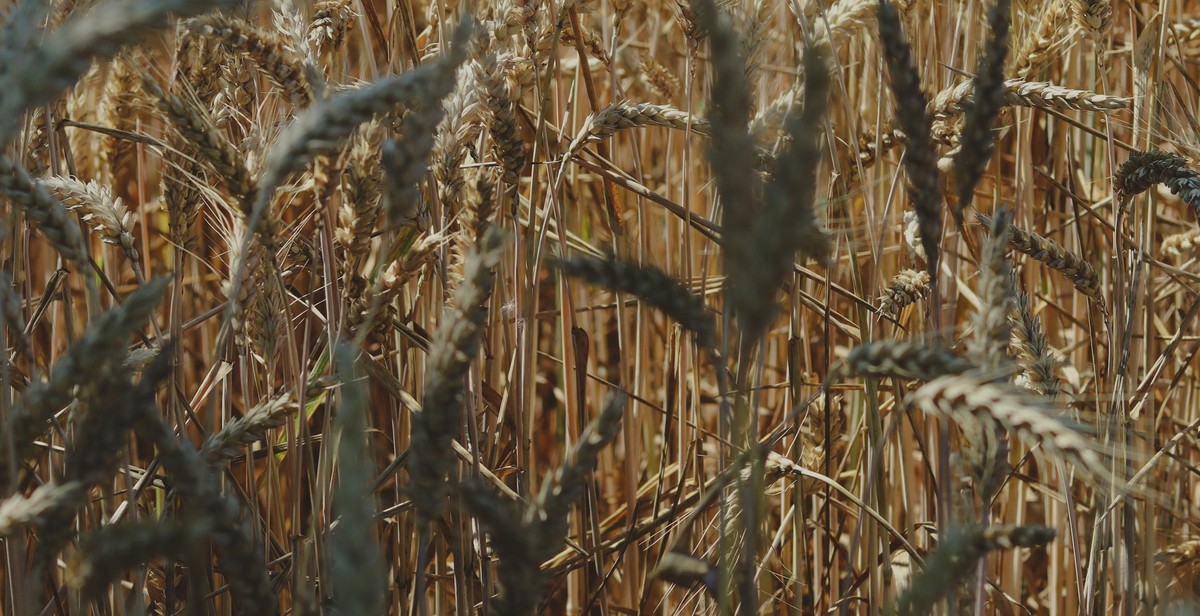
Harvesting and Selling Your Organic Herbs
After successfully growing your organic herbs, it is time to harvest and sell them. Here are some tips to help you get started:
Harvesting Techniques
Harvesting your herbs at the right time is crucial to ensure maximum flavor and potency. Here are some general guidelines for harvesting different types of herbs:
- Leafy herbs such as basil, mint, and parsley should be harvested before the flowers appear.
- Herbs with woody stems such as rosemary, thyme, and sage should be harvested in the morning when the essential oils are at their highest concentration.
- Herbs with delicate flowers such as chamomile and lavender should be harvested when the flowers are fully open.
Drying and Storing Herbs
Once harvested, it is important to dry your herbs properly to preserve their flavor and aroma. Here are some tips:
- Hang your herbs in small bundles upside down in a warm, dry, and well-ventilated area.
- Avoid drying herbs in direct sunlight or in a damp area.
- Once the herbs are dry, store them in airtight containers away from light and heat.
Marketing and Selling Your Herbs
Marketing and selling your organic herbs can be done in various ways, including:
| Method | Pros | Cons |
|---|---|---|
| Farmers markets | Direct interaction with customers, high profit margins | Seasonal, limited customer reach |
| Online stores | 24/7 availability, wider customer reach | Shipping costs, competition |
| Local restaurants and cafes | Consistent demand, long-term relationships | Lower profit margins, limited reach |
Whichever method you choose, make sure to emphasize the organic and sustainable aspect of your herbs to attract environmentally conscious customers.

Conclusion
Starting an organic herb farm for sustainable agriculture is a rewarding and fulfilling venture. It not only provides a source of income but also contributes to the health of the environment and the community. By following the steps outlined in this article, you can successfully establish your organic herb farm and thrive in the industry.
Key Takeaways
- Research and plan before starting your organic herb farm
- Choose the right location and soil for your herbs
- Invest in high-quality seeds and tools
- Implement sustainable farming practices
- Market your products effectively
Benefits of Organic Herb Farming
Organic herb farming has numerous benefits, including:
- Reduced environmental pollution and health risks
- Improved soil health and biodiversity
- Increased access to fresh, healthy herbs
- Support for local communities and economies
- Opportunities for entrepreneurship and innovation
Final Thoughts
Organic herb farming is a growing industry with immense potential. By following best practices and staying up-to-date with industry trends, you can build a successful and sustainable business that supports both the environment and the economy.
| Resource | Description |
|---|---|
| USDA National Organic Program | Regulations and guidelines for organic farming |
| Organic Trade Association | Industry news, research, and resources |
| Local Harvest | Directory of local organic farms and markets |
